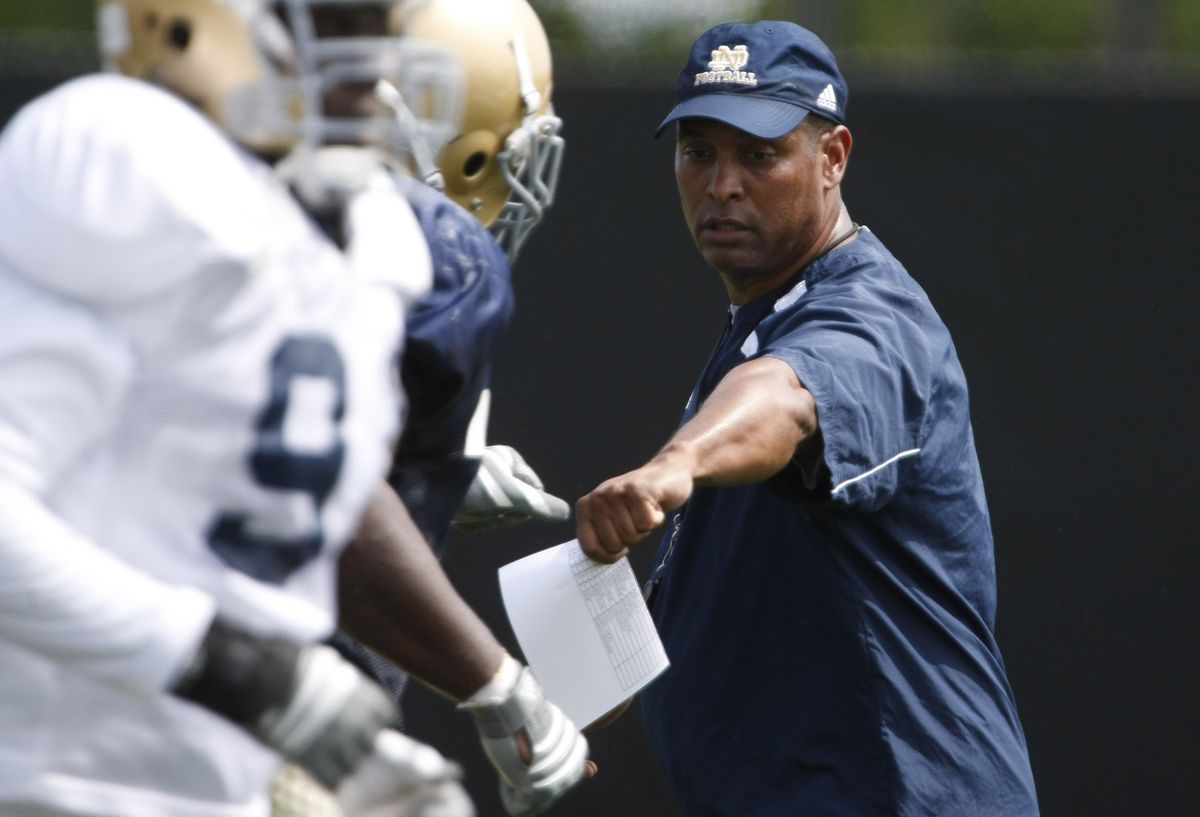MAC setting standard

MIAMI – While folks still were trying to figure out what Nick Saban put in Auburn’s Kool-Aid to snub a hot coaching nominee for a guy riding a 10-game losing streak, the Mid-American Conference set itself up for an intriguing social experiment.
It cornered the market on black head coaches.
Not only does Turner Gill get an extra year at Buffalo, but new hires Ron English at Eastern Michigan and Mike Haywood at Miami (Ohio) give the MAC three of the six black coaches who are leading programs at the Football Bowl Subdivision level.
Viewed another way, it means a 23 percent mathematical chance (3 of 13) that next year’s MAC crown will be worn by a black coach. Actual odds, of course, depend on how fast English and Haywood get their teams off the mat.
Why is this important? In the MAC, the black head coach no longer stands on an island.
No more tracking one guy in this conference, another in that league, another over there – most with programs that needed major overhauls in the first place.
Gill, English and Haywood will compete for similar players, under similar circumstances and meet regularly on the field. Somebody is bound to come out ahead – maybe more than one.
A more level proving ground.
Let’s face it, one of the obstacles constantly thrown up against black candidates is that elite programs often want someone with proven head coaching experience.
Consider that of the 31 times a black coach has been hired, only four schools have taken someone who was a head coach somewhere else – Dennis Green, Ron Cooper and Tyrone Willingham twice.
Gill’s infusion of life into the Buffalo program has made him a prime prospect.
If English and/or Haywood can raise their new teams to the level of Gill’s, they also will be viewed with greater favor.
When you think about it, here is a place where the non-power leagues might serve the greater good.
Certainly, each MAC or Western Athletic Conference or Sun Belt program must look after its own best interests. But if they can do so while giving minority coaches a chance to solidify credentials before stepping into the crucible of the Southeastern Conference or Big 12, so much the better.
Ten years down the road, maybe those invisible barriers won’t exist anymore. Now, though, the little guys have a chance to set an example for their bigger brethren.